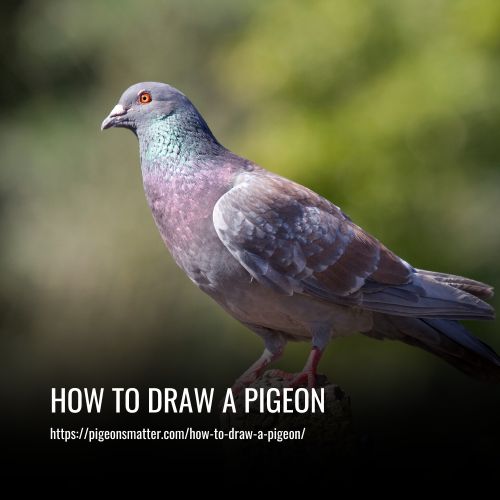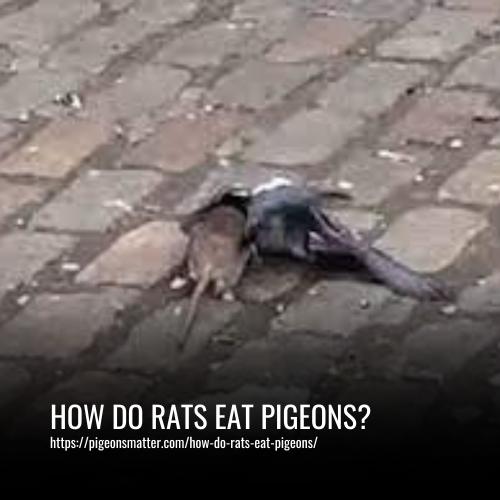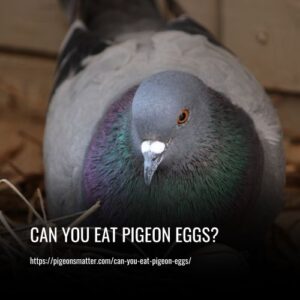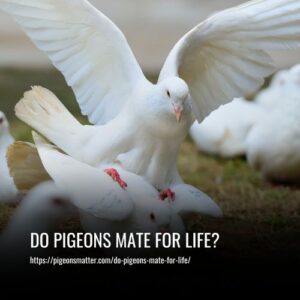Who hasn’t been captivated by a pigeon’s majestic wings and vibrant plumage? Drawing a pigeon can be an enjoyable and rewarding experience. With some basic supplies and a few easy steps, anyone can put their unique spin on their feathered friend. In this guide, we will take you through the process of how to draw a pigeon – from gathering your materials to adding details for dimension. So grab your pencils and paper, and let’s get started!
To Draw A Pigeon, follow these steps:
- Start with Basic Shapes.
- Draw the Body and Head.
- Add the Wings and Tail.
- Draw the Feet and Claws.
- Add Details to the Face and Feathers.
- Shade and Color for Dimension.
- Practice and Experiment.

Gather Your Materials
Before you start drawing your pigeon, it’s important to make sure you have the right supplies. You’ll need a pencil and paper, of course, along with a few other items. A good quality black marker or pen will come in handy for outlining your drawing. If you want to add color, pick up some colored pencils or markers.
Finally, if you’re feeling ambitious, grab a few sheets of tracing paper – this will help you add layers of detail for that extra dimension in your finished drawing. Once you’ve gathered all the necessary materials, it’s time to get started!
Step 1: Start with Basic Shapes
When you’re ready to start drawing your pigeon, it’s best, to begin with, the basics. Start by sketching out a few shapes – an oval for the body, a circle for the head, and two triangles for the wings. This is just a rough outline of what your final drawing will look like, so don’t worry too much about being precise.
Once you have these basic shapes down, you can start adding detail. Draw curved lines around the circles and ovals to create feathers and beaks, as well as two small circles at the end of each triangle for feet. This simple step will give your drawing a solid foundation upon which to build.
Step 2: Draw the Body and Head
Now that you have your basic shapes down, it’s time to start adding detail. Start by drawing the body and head of your pigeon. Draw a curved line around the oval to separate the body from the wings, and add small circles at the end of each triangle for feet. For the head, draw two curved lines on either side of the circle for eyes and a beak.
You can also use short lines to add texture to the feathers on your pigeon’s neck and back. Once you’re happy with how your pigeon is looking, you can move on to adding color – but make sure you have all your details in place first!
Step 2: Add the Wings and Tail
Adding wings and a tail to your pigeon drawing can be a bit tricky, but with practice it’s easy! Start by drawing two triangles on either side of the body. These will be the wings. Then, draw a curved line that connects the wings to the body.
This will give your pigeon an arching look in flight. For the tail, draw another line from the back of the bird and curve it downwards. Make sure to leave some space between each feather for detail.
Once you have all your shapes down, you can start adding details like shading and texture. With a little bit of practice, you’ll soon have a beautiful pigeon drawing that looks ready to take flight!
Step 3: Draw the Feet and Claws
The feet and claws are a critical part of your pigeon drawing. Start by drawing two small circles at the bottom of the bird’s body. These will be the feet. Then, draw four curved lines extending from each foot. These will be the claws that give your pigeon its grip on whatever surface it’s standing on.
Add some texture and detail to make them look realistic and lifelike. Once you have your basic shapes down, you can start adding shading and texture to give them more dimension and realism. With a bit of practice, you’ll soon have awesome pigeon feet and claws!
Step 4: Add Details to the Face and Feathers
The face and feathers are a critical part of your pigeon drawing. To draw the face, start by sketching out the basic shapes such as the beak and eyes.
Then, add details like eyelids and nostrils to give your pigeon more character. You can also add shading around the eyes to give them a realistic look. For the feathers, use black markers to draw out individual feathers in various sizes and patterns.
This will help create a realistic texture for your pigeon. Add some shading too, to make it look even more lifelike. With practice, you’ll soon have an awesome-looking finished product!
Step 5: Shade and Color for Dimension
Using shades and colors to add dimension to your pigeon drawing can bring it to life. Start by picking out a base color for the feathers. Then, use different shades of that same color to create depth in the feathers.
For example, you could use lighter shades of the base color on the tips of the feathers and darker shades along the spine. This will help create a realistic look for your pigeon. You can also add some pops of color around the eyes or beaks to make your pigeon even more eye-catching.
With practice, you’ll soon be able to make your pigeons look like they’re ready to fly off into the distance!
Step 6: Practice and Experiment
Practicing and experimenting is key when it comes to drawing a pigeon. Don’t be afraid to make mistakes, as it’s the best way to learn. Start with simple shapes and outlines – practice drawing curved lines for the wings and tail feathers, or an oval shape for the body.
Once you have the basics down, draw several sketches of pigeons from different angles. This will help you get a better understanding of how the bird looks from different perspectives.
Finally, experiment with adding color and depth – try using black markers or colored pencils to give your pigeon some personality! Remember that there is no wrong way to draw a pigeon – just keep practicing and experimenting until you find your unique style.
FAQs
To draw a pigeon, you’ll need basic drawing supplies such as paper, pencils, erasers, and perhaps colored pencils or markers for additional detailing. Reference images of pigeons can also be helpful.
Start by sketching basic shapes to outline the body and head of the pigeon. Break down the drawing into simple components like circles and ovals, gradually adding details as you become more comfortable with the overall structure.
Focus on observing the specific details of a pigeon’s features. Pay close attention to the size and shape of the beak, the patterns on the feathers, and the unique markings around the eyes and neck. Take your time to replicate these characteristics accurately.
Yes, numerous online tutorials and video guides provide step-by-step instructions on drawing pigeons. Platforms like YouTube and art tutorial websites often have resources ranging from beginner to advanced levels.
Study the shading and lighting in reference images to understand how light falls on different parts of the pigeon’s body. Practice incorporating shading techniques like hatching and cross-hatching to add depth and realism to your drawing.
Consider the environment in which pigeons are commonly found, such as cityscapes or parks. Adding simple background elements like buildings, trees, or park benches can enhance the overall context of your pigeon drawing and make it more visually engaging.
Conclusion:
Drawing a pigeon may seem daunting at first, but with some practice and experimentation, you can create an awesome drawing. Start by sketching simple shapes and outlines, then experiment with adding color and depth.
There’s no wrong way to draw a pigeon – the most important thing is to find your unique style. With enough practice, you’ll be able to accurately depict this majestic bird in all its glory! So don’t be afraid to break out the paper and pencils – your perfect pigeon awaits!


